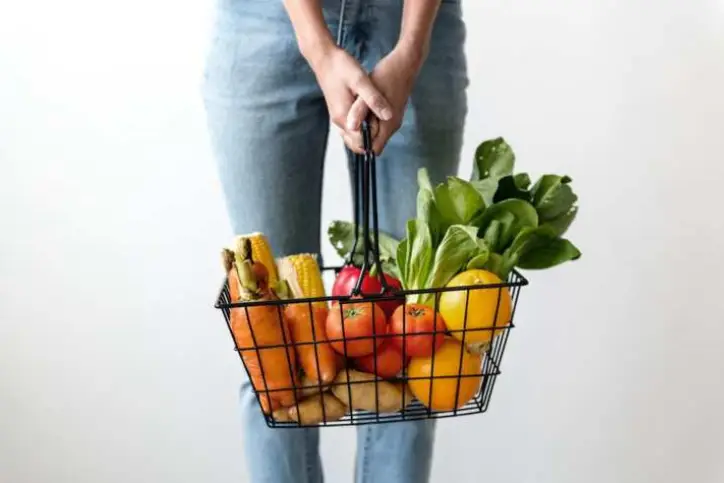
A Look at Today’s New and Evolving Gen Z Grocery Shopper
 Daisy Intelligence
Daisy Intelligence
It’s hard to summarize the future of the grocery sector in a single sentence, but this one sounds about right:
“I'll probably go to the store fewer times a week (in 5-10 years), and try to get as much variety as I can as quickly and cheaply as I can.”
The quote is anonymous, but it comes from one of nearly 800 people aged 18-22 who were surveyed for a report recently published by Field Agent, a retail auditing and mystery-shopping firm.
The research looked at how Generation Z (or simply Gen Z) is shopping for food today, and how they expect their habits to evolve over the next decade.
In stark contrast to the days when the majority of grocery shopping for a typical family was assumed to be a mother’s responsibility, the data shows that Gen Z isn’t necessarily stocking their cupboards alone, and are doing so in myriad ways.
More than half of those surveyed (51%), for example, said they share grocery-shopping duties with someone else, although 30% said they were the primary buyer in their household.
While 95% of Gen Z said they shop in stores today, 32% said they expect to use online grocery options with in-store pickup and 15% expected to be using online delivery services.
Healthier eating, cooking more fresh foods, expecting faster in-store shopping supported by technology, and saving money through promotions and coupons were some of the other trends captured by the survey.
Growing Up (And Grocery Shopping) Digitally
Gen Z is coming of age at a time when grocery shopping has evolved into far more than a choice between online or offline. Consumers of all ages are using a mixture of channels to do everything from browse, price-compare, purchase, and more.
According to a consumer survey by the Retail Feedback Group, for example, 63% of shoppers (not just Gen Z) said they interact digitally with their supermarket, but only 12% are ordering groceries online for pickup and delivery. Instead, 55% said they check a digital circular and 44% check for the latest promotions.
Traditional supermarket chains are also facing increased competition, and not only from high-end grocery stores or organic specialty retailers.
A study released in February from the University of Nevada suggested that consumers should start paying more attention to discount stores whose produce can be as good as those offered by regular grocers.
Putting the Research to Work
When you blend this research, the message is clear: consumers are using all the digital channels and other resources available to get the best prices. They are making sure they make the most of their shopping experience, even if they still gravitate towards brick-and-mortar stores.
For retailers, this means the window of opportunity to maximize the value of every customer relationship has never been narrower.
You have to know what customers want -- not in general, but specifically and in the context of a particular moment.
You need to tailor promotions, discounts, and prices in real time so customers looking online feel confident in making a shopping trip.
This is why Daisy is seeing so much interest in applying artificial intelligence based on reinforcement learning to transform how things like the promotional product mix and pricing are done.
The only thing that we can be sure of about the future is there may not be a “typical” grocery shopper. If you’re a retailer, taking the typical approach to serving them isn’t going to work much longer, either.
For insight into how AI is changing how retailers approaching price, check out our eBook: Autonomous decisions in retail: how artificial intelligence is reshaping pricing.
To learn more about, how Daisy’s AI powered technology helps retailers and insurance companies drive higher profits and revenue, drop us a note.




